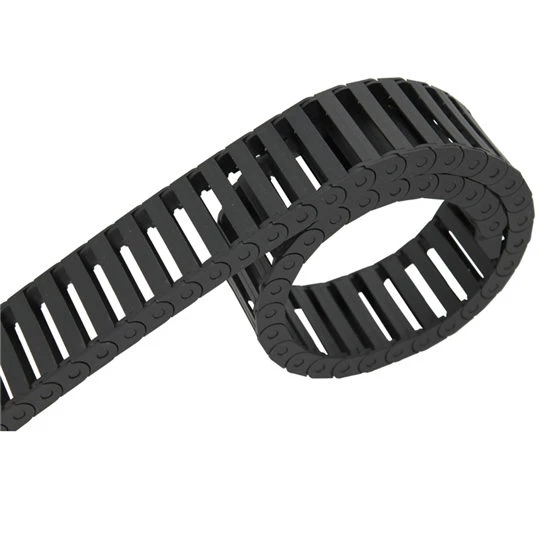Innovative Solutions for Efficient Swarf Conveyor Systems in Industrial Applications
Understanding Swarf Conveyors An Essential Tool for Metalworking Industries
Swarf conveyors play a pivotal role in various metalworking industries by efficiently managing the waste material generated during machining processes. These systems are specifically designed to handle the chips, shavings, and other debris, often referred to as swarf, that accumulates during cutting, grinding, or milling operations. This article delves into the importance of swarf conveyors, their different types, and their benefits to manufacturing environments.
What is Swarf?
Swarf refers to the scrap material produced during the machining of metal. Examples of swarf include metal shavings, chips, dust, and other fragments that result from cutting, machining, or shaping processes. If left unchecked, swarf can create hazardous working conditions, interfere with machinery operations, and lead to downtime in manufacturing processes. Thus, efficient removal and management of swarf are crucial for maintaining a safe and productive workplace.
The Role of Swarf Conveyors
Swarf conveyors are specialized systems designed to transport scrap materials away from the machining area to designated disposal points or recycling stations. By automating the removal of swarf, these conveyors minimize manual handling, reduce potential hazards, and keep the work area clean and efficient.
Types of Swarf Conveyors
1. Auger Conveyors These are spiral-shaped conveyors that use a rotating helical screw to move swarf along a trough. They are particularly effective for transporting smaller, bulk materials and can handle a variety of swarf types, including light and fibrous materials.
2. Drag Conveyors Drag conveyors consist of a series of chains equipped with paddles that pull the swarf along a closed channel. These are well-suited for heavy-duty applications, as they can manage significant volumes of waste material.
3. Belt Conveyors A widely used method, belt conveyors transport swarf on a continuous belt. They can be designed to incline and can cover longer distances, making them versatile for various setups.
swarf conveyors

4. Magnetic Conveyors For ferrous swarf, magnetic conveyors provide an efficient solution by using magnetic forces to hold and move the material along the conveyor path.
Benefits of Swarf Conveyors
1. Improved Safety By automating swarf removal, these conveyors reduce the risk of accidents that can occur when workers manually clear debris from work areas, thus creating safer working conditions.
2. Increased Efficiency Swarf conveyors help maintain continuous operations by ensuring that machines remain free from excess waste, thereby reducing the potential for equipment damage and unplanned downtime.
3. Cost-Effectiveness Although there is an initial investment in swarf conveyor systems, the long-term savings through improved efficiency, reduced labor costs, and minimized machinery wear make them a valuable addition to any manufacturing process.
4. Environmental Sustainability Many modern swarf conveyors are designed to assist in the recycling of metal waste, promoting an environmentally friendly approach to manufacturing. By efficiently collecting and transporting swarf, these systems help facilitate the recovery and reuse of materials.
5. Customization Swarf conveyors can be tailored to fit specific manufacturing environments. Whether a facility needs a certain size, type, or configuration of a conveyor, many manufacturers offer custom solutions to meet individual needs.
Conclusion
In conclusion, swarf conveyors are integral to the metalworking industry, enhancing workplace safety, operational efficiency, and environmental sustainability. By investing in effective swarf management systems, manufacturers can optimize their operations, reduce waste, and contribute to a cleaner, safer work environment. As technology advances, we can expect even more innovative solutions to emerge in the realm of swarf handling and waste management, further solidifying the importance of these systems in modern manufacturing processes.








